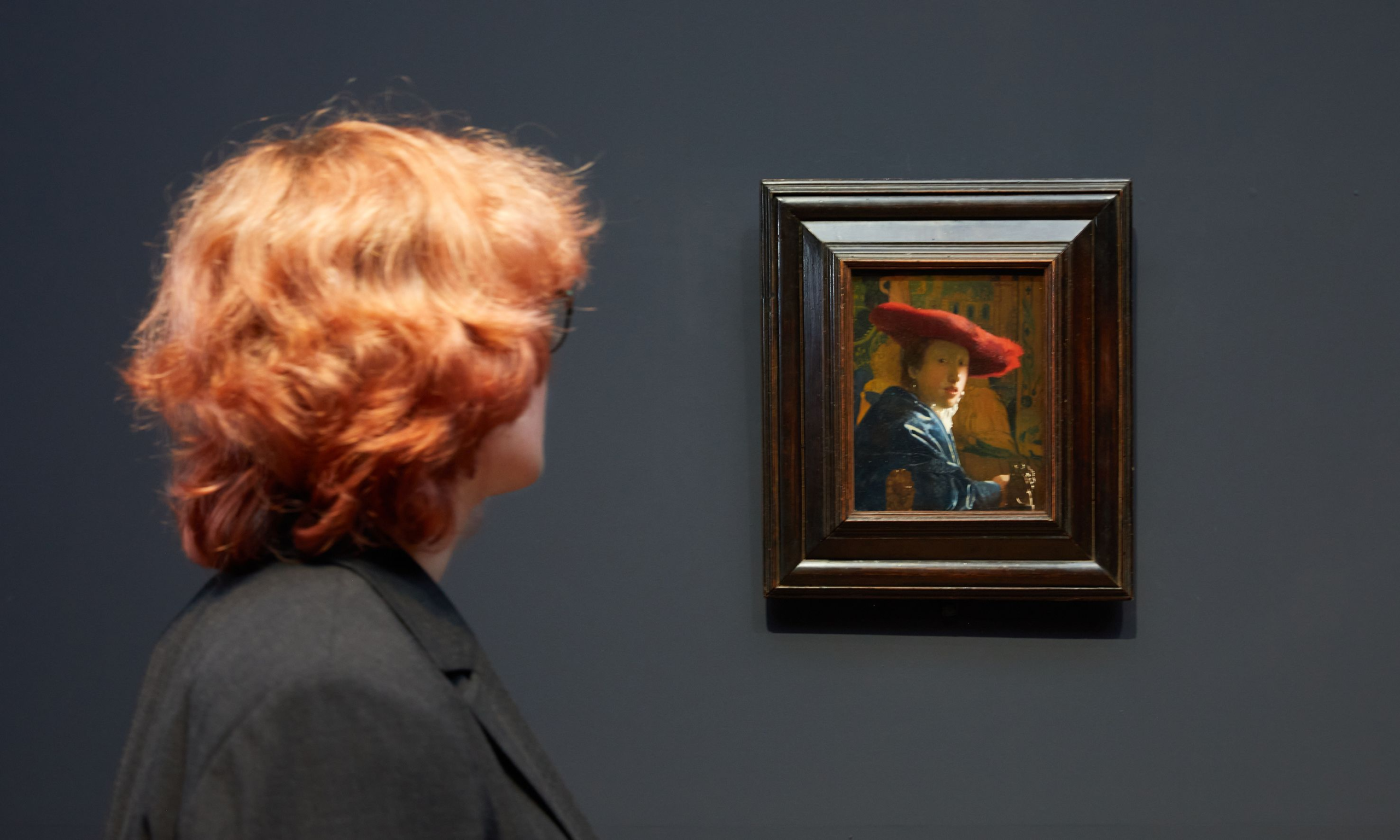The success of the current Vermeer show at the Rijksmuseum, which sold out weeks after opening, demonstrates the public appetite for Old Masters
Photo: Henk Wildschut/Rijksmuseum
Is the Old Masters market finally having a renaissance? For nearly 20 years, as taste has grown relentlessly and contemporary and big money has preferred post-war hits, older art has been retired to the boring shelf. Its appeal has not been helped by recurring subject matters that no longer resonate, be they tales from the Bible, classical myths or portraits of people who aren’t on Instagram.
Now suddenly, it seems, we can’t get enough. The current must-see museum show is Vermeer at the Rijksmuseum—whose four-month run was sold out just weeks after opening—while other recent hits include the Palazzo Strozi’s survey of the sculptor Donatello (1386-1466).
The market has responded, too—with Botticellis and Canalettos hitting the eight-figure sums normally reserved for Richters and Picassos, thanks in part to the late Microsoft co-founder Paul Allen. One of the top-selling works of last year was an 18th-century painting of a basket of strawberries by Jean-Siméon Chardin, which went for €24.4m at Artcurial.
Galleries, too, are looking back, and further than the 20th-century. In March, Saatchi Yates gallery—founded in 2020 to represent today’s more emerging artists—added a Masters division to its business. “There’s been a bit of a mood change; our collectors couldn’t wait for Tefaf,” said co-founder Phoebe Saatchi Yates of the decision. Morgan Long, a specialist in post-war and contemporary art at the Fine Art Group, tells me that this year she has brokered two major Old Master sales for her clients, one of whom had never bought in this field before.
While it is tempting to believe that this represents a new wave of connoisseurship, the reality is probably more prosaic. In leaner times, buyers tend towards safety, both as a financial and psychological position. And while there is still froth in some of today’s hottest artists at auction, it is relatively less extreme—recent results suggest that artists estimated at £40,000 now sell for about £500,000 rather than £1m.
At the same time, post-war art—the previous safety zone—has hit price levels that very few people can afford, even those already lucky enough to be in the art market.
There are longer-term influences that bode well for art’s older boys—and, increasingly, girls. Some of today’s most popular, established artists—such as Jenny Saville and Glenn Brown—clearly owe a large debt to their Old Master predecessors, while a wave of younger painters are bringing Surrealism back to life. There is a new generation of dealers in the field, too—Lullo Pampoulides got the ball rolling in 2016 and now dealerships such as Elliott Fine Art, Ben Hunter and Ambrose Naumann, all in Tefaf’s section for younger galleries, are winning plaudits. This generation knows how to tell stories, and make the most of the likes of Instagram, to push Old Masters beyond their previous reach.
There’s no denying that the same problematic dynamics that have bugged this market still exist: there aren’t enough good works in circulation while issues of provenance and condition add to the efforts of a layered discipline. Traditional buyers are disappearing from the market, but—for the sellers who work hard to bring them on board—a new generation can be won over.

